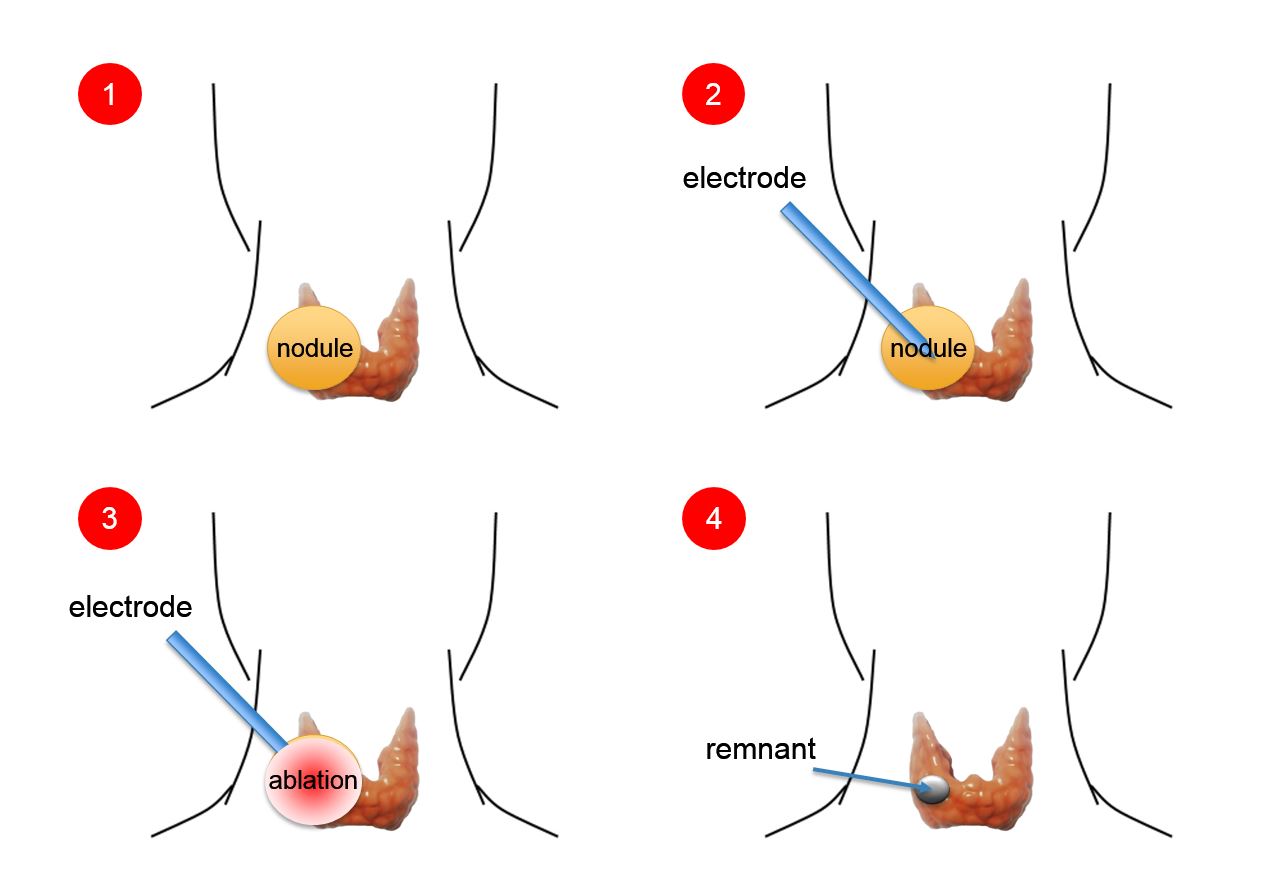Thyroid radiofrequency ablation (RFA) is a minimally invasive procedure that has gained traction in thyroid health management. It is often recommended for individuals with benign thyroid nodules who are experiencing symptoms such as discomfort, cosmetic concerns, or difficulty swallowing. This innovative procedure offers an alternative to conventional surgical options. If you are thinking about undergoing thyroid RFA, you may wonder what the procedure entails and what recovery looks like.
Understanding Thyroid Radiofrequency Ablation
Thyroid radiofrequency ablation is a nonsurgical technique used to treat benign thyroid nodules. This procedure uses heat energy, generated by radiofrequency waves, to target and break down specific sections of the nodule. The surrounding healthy thyroid tissue remains unaffected. This method is often recommended for individuals with benign nodules that are causing symptoms or aesthetic concerns. Unlike traditional surgical interventions, RFA does not typically require general anesthesia or a hospital stay, making it a less invasive and more convenient option for patients. Before determining candidacy, an endocrinologist may conduct comprehensive evaluations, including imaging tests and potentially a biopsy, to confirm the nodule’s benign nature.
Undergoing the Procedure
The radiofrequency ablation procedure is performed under local anesthesia. Patients are typically awake during the procedure but may feel minimal discomfort as the doctor inserts a thin needle electrode into the targeted thyroid nodule. Once correctly positioned, the electrode emits radiofrequency waves that generate heat, destroying the nodule’s excess cells.
The entire procedure typically takes between 30 minutes and one hour, depending on the size and number of nodules being treated. The approach is guided by ultrasound imaging, which offers real-time visualization to maximize accuracy and precision. Doctors may provide instructions during the procedure to adjust positioning or monitor sensations, facilitating a smooth, safe process.
Recovering and Examining Results
Patients can expect a relatively swift recovery following thyroid RFA. Rest is typically recommended for the remainder of the day after treatment, but most individuals can resume normal activities within 72 hours. Some post-procedure sensations may include mild swelling, bruising, or difficulty swallowing. These sensations are usually temporary, resolving over a few days. It’s advisable to follow care instructions provided by your healthcare provider, which may include avoiding strenuous activities or maintaining certain dietary habits for a short period. Over-the-counter pain relievers may be suggested to alleviate any lingering discomfort.
While results are not immediate, patients can expect gradual improvement over several weeks to months. Healthcare providers may want to schedule follow-up appointments to monitor the nodule’s size and evaluate symptom resolution over time. Post-procedure ultrasound imaging may be used to confirm the nodule’s continued reduction and assess overall thyroid health.
Confer With Your Endocrinology Specialist
If you are contemplating thyroid radiofrequency ablation or managing thyroid-related concerns, consulting your endocrinology specialist is a fundamental first step. They can help evaluate your specific needs, explain your treatment options, and guide you through any necessary evaluations. With advancements like RFA, patients now have access to innovative, less invasive solutions tailored to improving quality of life. Whether you’re just starting to explore your options or preparing for an upcoming procedure, there are resources and professionals available to support your thyroid health journey.


Leave a Reply